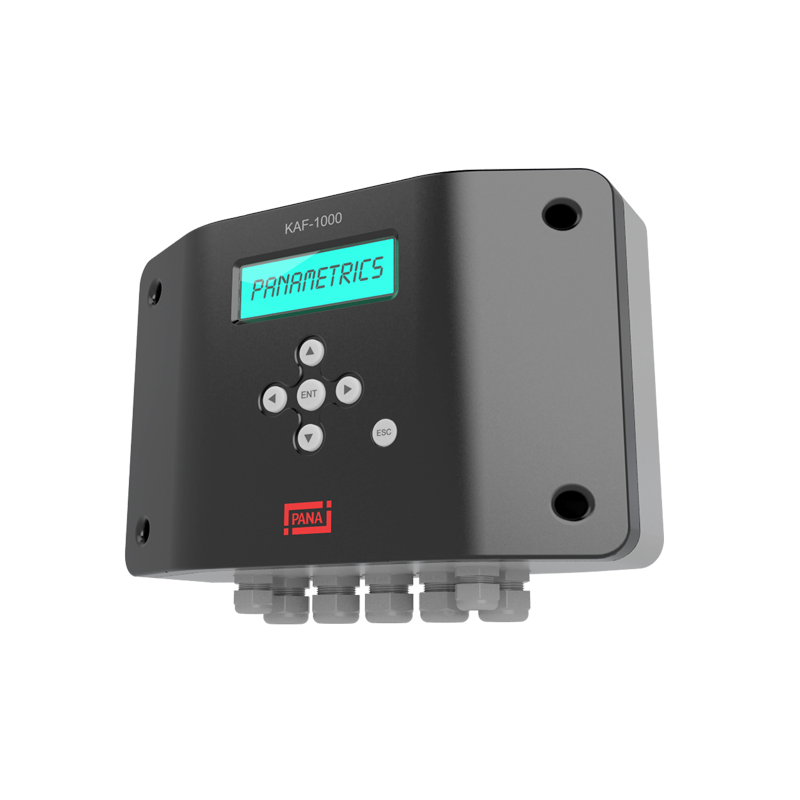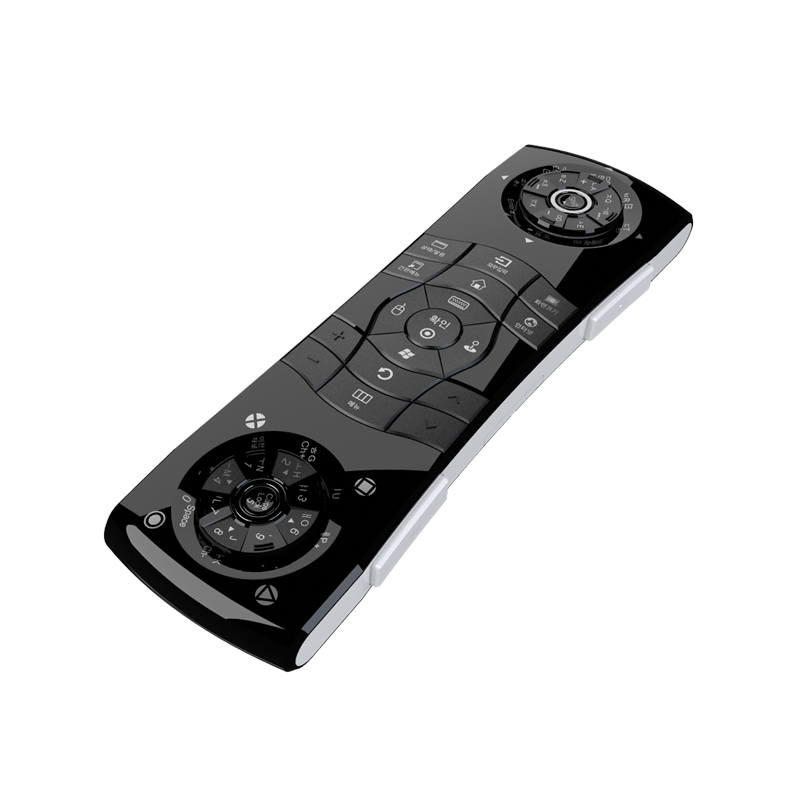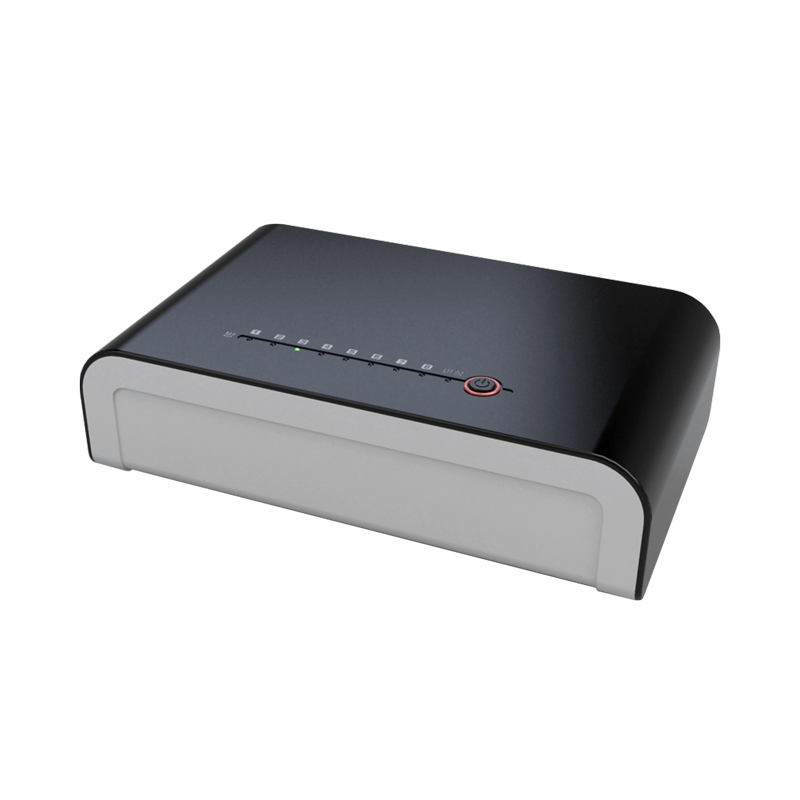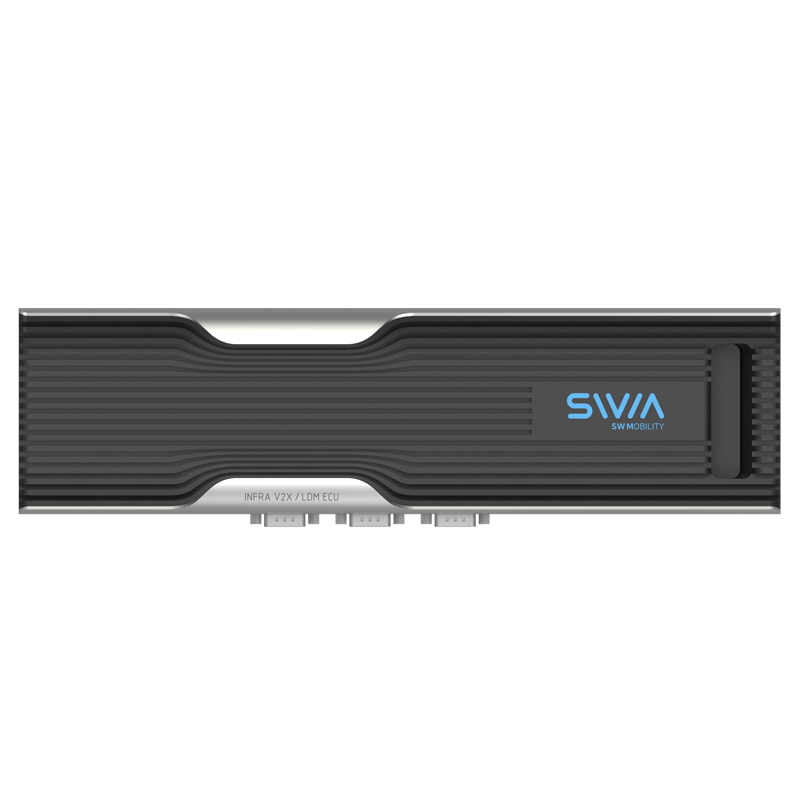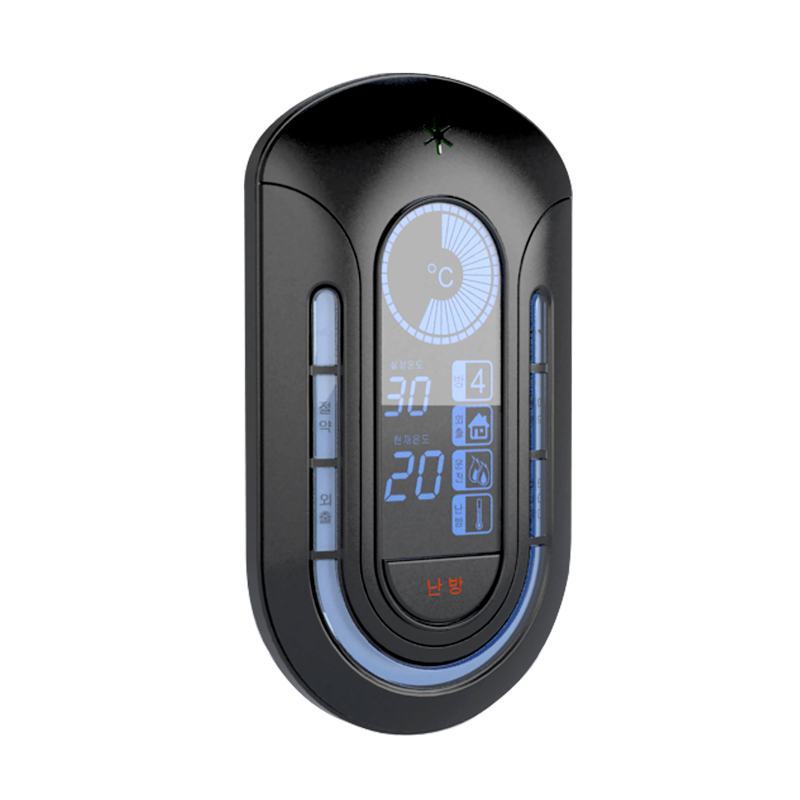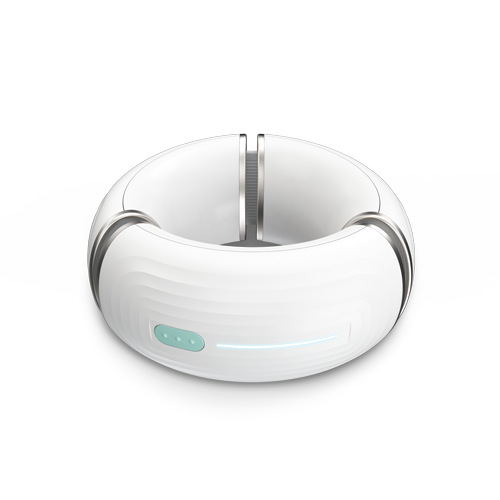Industrial
Design
01
Portfolio
Connecting clients
Health Care
의료기기 제품디자인
- User-Centered Design
Products should be designed with the needs and convenience of the end user in mind. This includes reflecting user feedback and providing an intuitive interface. - Functionality
Products should be able to help solve or prevent specific health issues. For example, a blood pressure monitor must provide accurate measurement capabilities. - Safety
Healthcare products must prioritize user safety and comply with all relevant regulations. - Aesthetics
The appearance of the product is also important. It is necessary to have an attractive and modern design that allows users to use it comfortably. - Technology Integration
It is important to utilize the latest technology to enhance product functionality and improve user experience. For example, IoT technology can be used to monitor and analyze data in real-time.
Ultrasonic Therapy Device
Wearable technology
웨어러블 디바이스
- User Experience (UX)
It is essential to design an intuitive interface and operation method that allows users to use the product conveniently. - Ergonomic Design
A design that considers the shape and movement of the human body is necessary to provide comfort when worn. - Functionality
The design should clearly highlight the main functions of the device, and necessary sensors or technologies should be effectively integrated. - Material Selection
Since the product comes into direct contact with the skin, it is important to choose materials that have low allergic reactions and high durability. - Style and Fashion
The design should consider aesthetic elements so that users would want to wear the product in their daily lives. - Battery Life
The design should take into account the size and lifespan of the battery, and the charging method should be convenient for the user.
VR Glove
Measurement equipment
산업용 계측장비
- Functionality
Measurement equipment must be designed for accurate data collection and analysis. Therefore, each component, such as sensors, displays, and interfaces, must operate efficiently. - User Interface (UI)
An intuitive UI design is necessary for users to easily understand and operate the equipment. The arrangement of buttons, screen layout, and feedback systems are crucial. - Ergonomic Design
Ergonomic factors must be considered to ensure that users can conveniently use the equipment. This includes a shape that is easy to hold, weight distribution, and ease of operation. - Durability
Since measurement equipment is used in various environments, durability is essential. The design should consider features such as water resistance, dust resistance, and shock resistance. - Aesthetic Elements
In addition to functionality, a visually appealing design is necessary. Colors, shapes, and materials that align with the brand image should be selected. - Technology Integration
The latest technologies can be integrated to enhance data transmission, storage, and analysis capabilities. For example, IoT features can be designed to enable remote monitoring.
